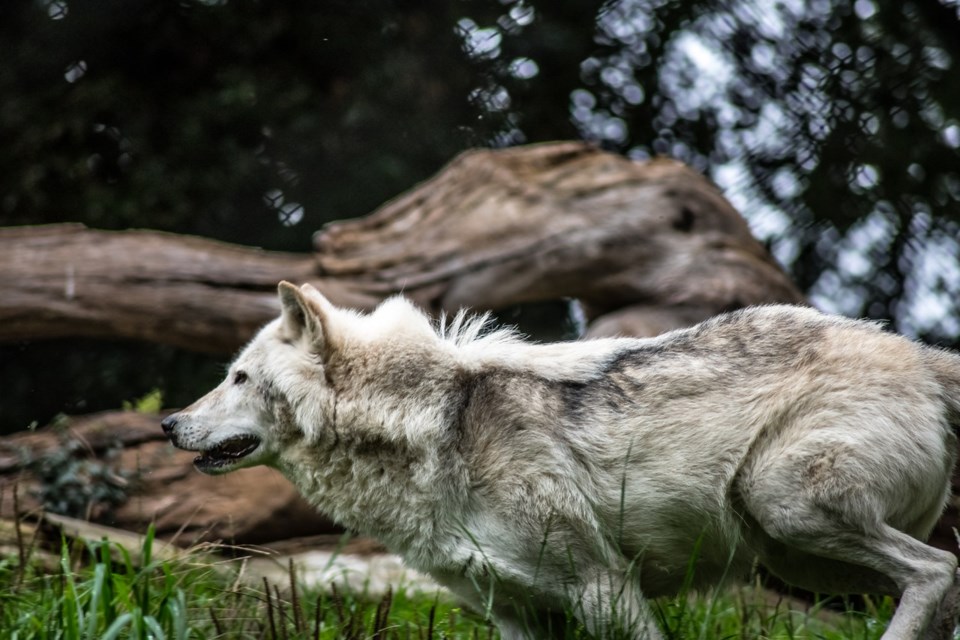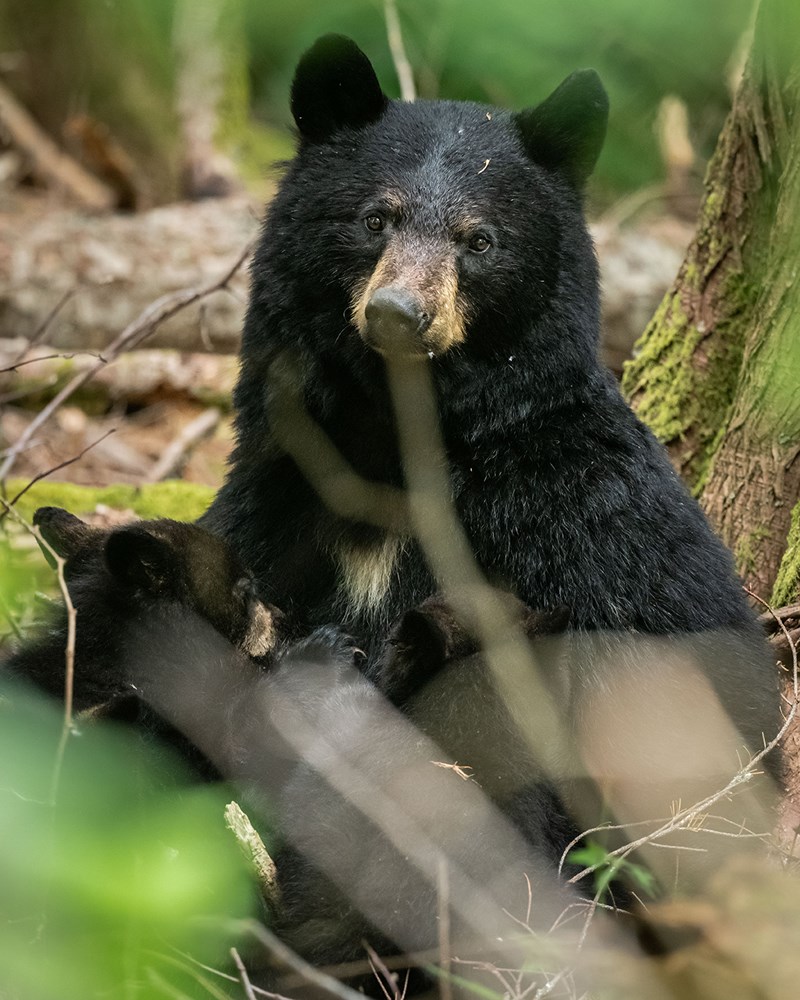While human habits have changed drastically during COVID-19, it is business as usual for Squamish wildlife this spring.
For bears, as usual, our trash, if left accessible, makes a tasty treat.
The District's Meg Toom, with wildlife education and co-ordination, says this is the perfect time to start or sharpen our collective bear aware practices.
There are likely to be more bears within Squamish's residential neighbourhoods, than pre-COVID, she notes.
"Now with restaurants and bars closed, we won't have dumpsters full of garbage and compost, but we are certainly going to have more generated in neighbourhoods, if people are staying home," she said.
There have been reports in the Garibaldi Highlands and in Valleycliffe of bears getting into the garbage totes, she said.
Toom's message is the same every year: keep attractants away and reduce odors as much as possible.
"Freeze anything that is smelly and store the totes in a garage or a shed if at all possible," she said.
People often say they don't have the time to do the freezing of attractants, but time is likely not an issue right now, she said.
"They have got the kids at home, it would be a great project for families — do a little bit of wildlife studies and how can we become a bear smart family? What are we doing to help the local bear population stay wild?"
So far, this spring is looking a lot like last year in terms of bear activity, she said.
"We have the moms and the cubs out now so all the bears are out of their dens," she said. "It is pretty much on par with what 2019 was like, but it will start to ramp up pretty quickly."
She suspects there are more bears out and about around town than is being reported.
"I think there are a lot of neighbourhoods where they are on Facebook forums and they let each other know — which is awesome because they are communicating with each other — but it really helps if they call in to the Conservation Officer Service," she said, adding conservation officers than can alert her and she can put up signs or raise awareness in other ways.
Bears are looking for grasses, clover, dandelion — anything fresh and green.
It is important that when bears are doing what they should be doing, eating their natural foods, they are left to do what they do in peace, Toom said.
She put signs on the Loggers Lane Corridor Trail because there was a bear feeding on grass there.
"People were stopping their cars and trying to take pictures," she said, adding this is a no-no as it habituates bears to humans.
"These bears are just doing their natural thing and we really have to give them the respect and the space they need."

Beyond the bears
In terms of other wildlife, Toom said there have been sightings of Elk throughout the Squamish Valley.
"Certainly with the wildfires you might see them pushed further south toward Squamish, because they are fleeing," she said.
Coyote sightings have been steady, she said.
"It was breeding season a little while ago and we are ramping up into pup season until May, so we are going to have coyotes out looking for food."
People should keep pets close by, she said.
There haven't been many cougar sightings so far, but typically there is a spike in sightings in the spring and then again in the fall.
Bobcats and wolves have been spotted as well, she said.
Her wildlife cameras captured a wolf by the Ray Peters Trail about three weeks ago.
"These animals are always out there. People might be seeing them more because there are more people out trying to get their sanity and fresh air on the trails," she said, adding the weekdays are busier on local trails than usual, with more people not in their usual workplaces due to the pandemic.
If you spot wildlife, call the Conservation Officer Service line: 1-877-952-7277 (RAPP) or #7277 on the TELUS Mobility Network.
Or report online here: https://forms.gov.bc.ca/environment/rapp/.



